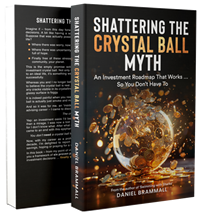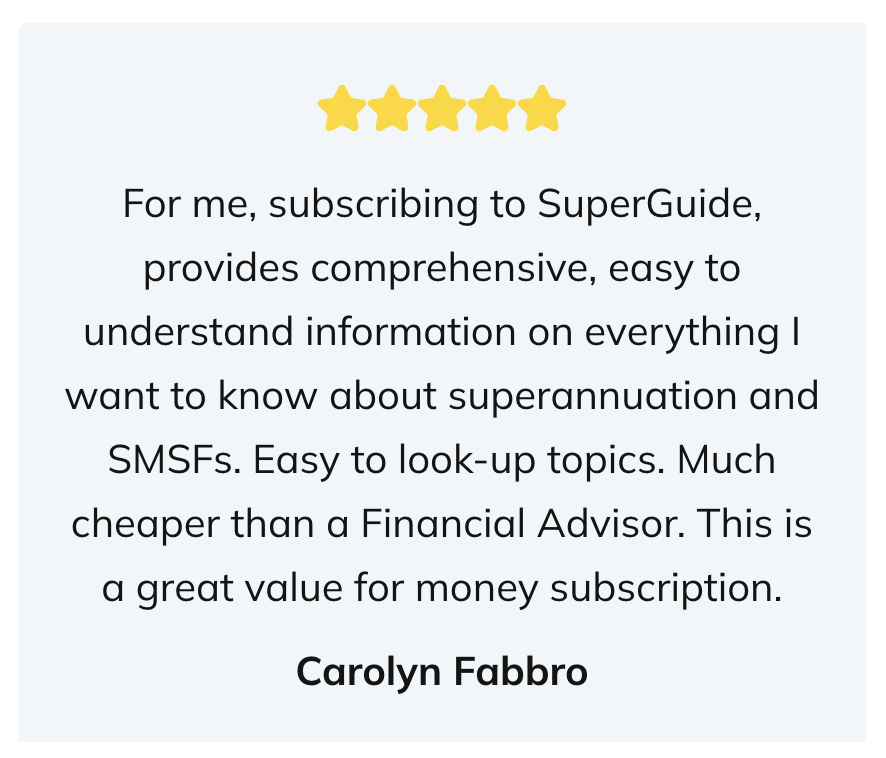Using the bring-forward rule is a great way to put a larger contribution into your super account in a single year. Here’s what you need to know about the rules. Read more.
Using the bring-forward rule is a great way to put a larger contribution into your super account in a single year. Here’s what you need to know about the rules. Read more.
There’s a lot to think about when you’re on the threshold of retirement, so it’s not surprising that mistakes are made and opportunities overlooked. Here’s what to watch out for. Read more.
There’s a lot to think about when you’re on the threshold of retirement, so it’s not surprising that mistakes are made and opportunities overlooked. Here’s what to watch out for. Read more.






